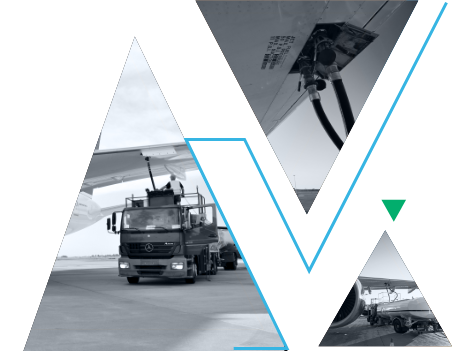Aviation Aircraft Fuel Supply at Salt Lake City International Airport
At Salt Lake City International Airport (SLC), Just Aviation guarantees sustainable fuel management by providing services that monitor fuel levels and optimize delivery. Our waste-reduction efforts contribute to the efficiency and reliability of operations at SLC.
At Salt Lake City International Airport (SLC), Just Aviation guarantees sustainable fuel management by providing services that monitor fuel levels and optimize delivery. Our waste-reduction efforts contribute to the efficiency and reliability of operations at SLC.

Exceptional Services at Salt Lake City International Airport
At Salt Lake City International Airport (SLC), Just Aviation ensures uninterrupted fuel management operations, offering sustainable and dependable solutions that drive global aviation forward. Our work strengthens SLC’s credibility as a trusted fuel provider, boosting Salt Lake City, Utah’s prominence in aviation.
Refueling Prioritized for Business Travel at SLC
Jet A-1 fuel is produced according to DEF STAN 91-91 and ASTM D1655 guidelines, playing an essential role in global aviation by ensuring smooth flight operations and regulatory compliance with IATA and FAA standards.
With its ability to lower fuel burn by 30%, Jet A-1 fuel delivers exceptional range and performance for business jets. It is kerosene-derived, with a boiling range of 150°C to 250°C, a flashpoint above 38°C (100°F), and a freeze point at -47°C. At 34.7 MJ/kg energy density, it supports extended flights without frequent refueling.
Precision fuel management in business aviation reduces refueling intervals by 15%, supporting swift gate operations and detailed scheduling. Improved fuel formulations can boost engine performance by 2-3%, enhancing both ascent and cruising capabilities. Continuous telemetry augments overall efficiency by an additional 5%, trimming operational expenditures. A 5-7% fuel reserve ensures regulatory compliance and accommodates unexpected flight changes.

Salt Lake City International Airport (SLC) Key Considerations Before You Start Operating

Salt Lake City International Airport (IATA: SLC, ICAO: KSLC) is a joint civil-military international airport located approximately 4 miles (6.4 km) west of Downtown Salt Lake City, Utah.
The airport features four runways, with Runway 16L/34R and 16R/34L both measuring around 12,000 feet (3,658 meters) in length, made of asphalt and concrete, respectively. Runway 17/35 is 9,596 feet (2,925 meters) long and made of asphalt, while Runway 14/32 is 4,893 feet (1,491 meters) long and also made of asphalt. In 2023, SLC saw 26,952,754 passengers, with 319,060 aircraft movements and 357,871,690 pounds of cargo handled. The airport operates a single terminal with two concourses, which are connected by two underground tunnels. There are 73 gates in total, with Concourse A containing 47 gates (completed in October 2023) and Concourse B having 26 gates, with 21 more planned to open in phases starting in 2025. The terminal is equipped with a single security checkpoint has 16 lanes, and 11 baggage carousels, along with additional facilities for international arrivals. For operators, local departure and arrival operations are discouraged during peak traffic hours, with delays expected between 1500-1730Z and 0130-0300Z.
Our team is available to manage your fuel requirements at Salt Lake City International Airport (SLC). Contact [email protected] or [email protected] for expert support.